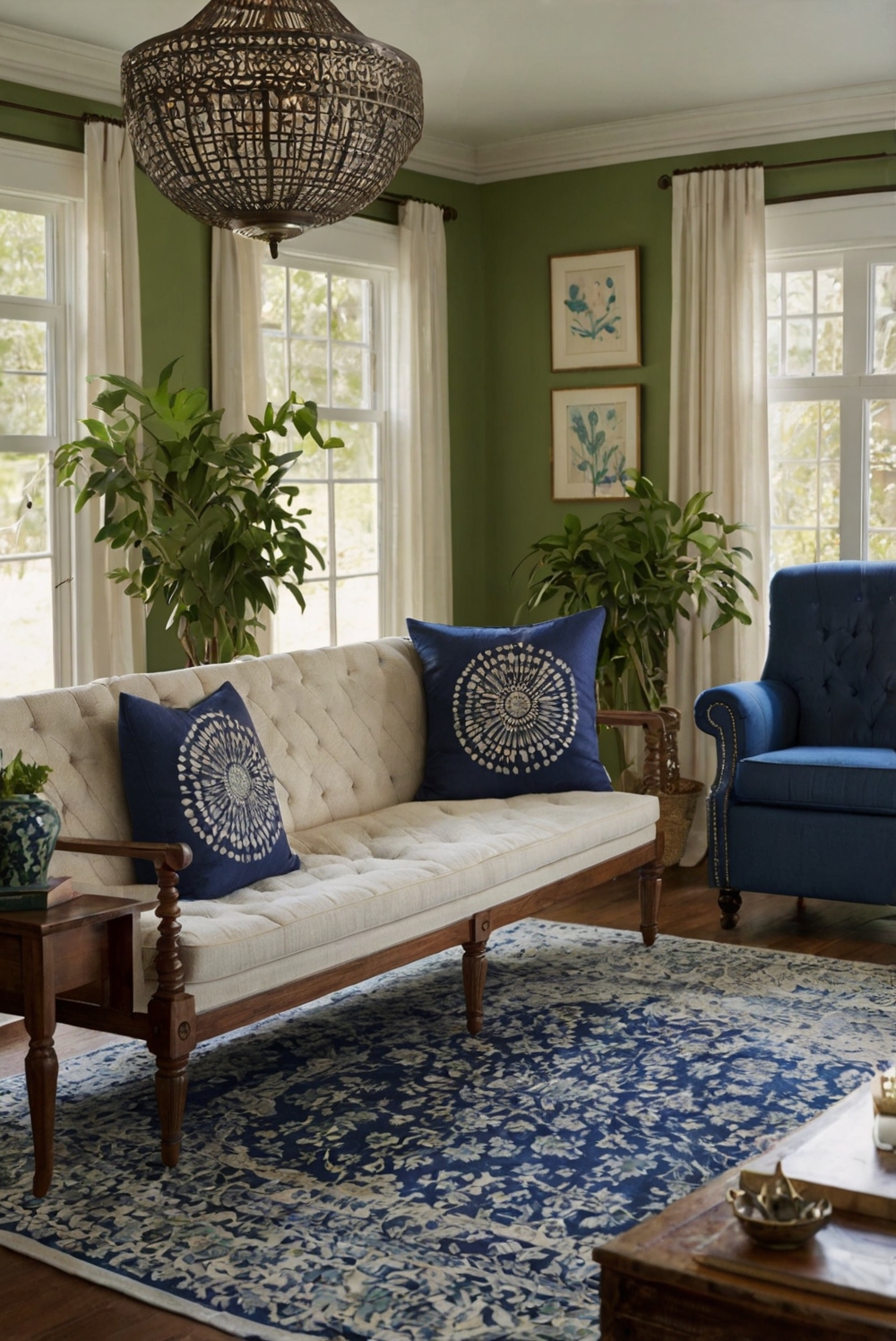Discover the ideal size and scale for your living room lighting to create the perfect ambience. Explore essential tips on selecting the right fixtures to enhance your space.
What Size and Scale Should Your Living Room Lighting Be?
In order to determine the appropriate size and scale for your living room lighting, it’s important to consider the size of the room, the height of the ceiling, and the overall design aesthetic you want to achieve.
For a general rule of thumb, the diameter of a chandelier should be about half the width of the dining table. For ceiling lights, they should be placed at least 7 feet above the floor, and wall sconces should be mounted at eye level.
Properly scaled lighting can enhance the ambiance of your living room and create a cozy and inviting atmosphere. Be sure to consult with a professional designer if you’re unsure about the best lighting options for your space.
What Size and Scale Should Your Living Room Lighting Be?
Choose the Right Size Fixtures:
When it comes to choosing the right size fixtures for your living room lighting, it is crucial to consider the scale of the room. Large living rooms require larger fixtures to provide adequate lighting and make a statement. On the other hand, smaller living rooms should opt for smaller fixtures to avoid overpowering the space.
Consider the Height of Your Ceiling:
The height of your ceiling plays a significant role in determining the size and scale of your living room lighting. For rooms with high ceilings, you can opt for chandeliers or pendant lights to draw the eyes upward and create a sense of grandeur. In contrast, rooms with lower ceilings should stick to flush mount or semi-flush mount fixtures to avoid overwhelming the space.
Balance Your Lighting:
Achieving the right balance of lighting in your living room is essential for creating a comfortable and inviting atmosphere. Incorporate a mix of ambient, task, and accent lighting to cater to different needs and activities in the space. This balance will ensure that your living room is well-lit and visually appealing.
Consider Your Room’s Proportions:
When determining the size and scale of your living room lighting, consider the proportions of the room. A large fixture in a small room can make the space feel cramped, while a small fixture in a large room can get lost and fail to provide adequate lighting. Be mindful of your room’s proportions to ensure that your lighting fixtures complement the space.
Test Different Options:
To find the perfect size and scale for your living room lighting, don’t be afraid to experiment with different options. Try out various fixtures and placements to see how they enhance the room’s ambiance and functionality. Testing different lighting options will help you determine the best fit for your space.
In conclusion, when deciding on the size and scale of your living room lighting, it is essential to consider factors such as the size of the fixtures, the height of your ceiling, the balance of lighting, and your room’s proportions. By carefully evaluating these elements and testing different options, you can create a well-lit and visually appealing living room that meets your needs and complements your space effectively.

